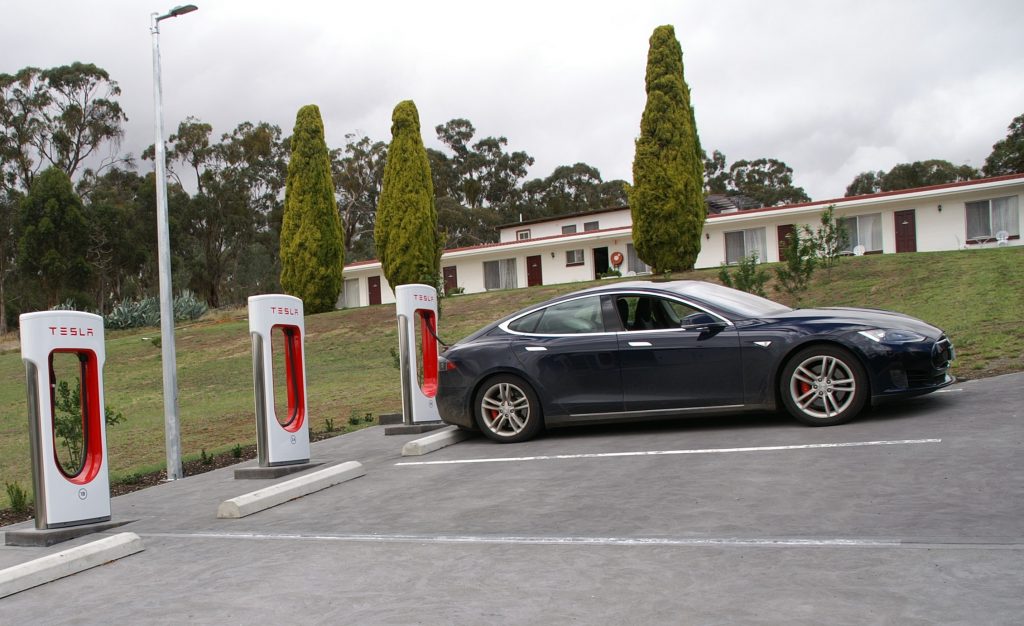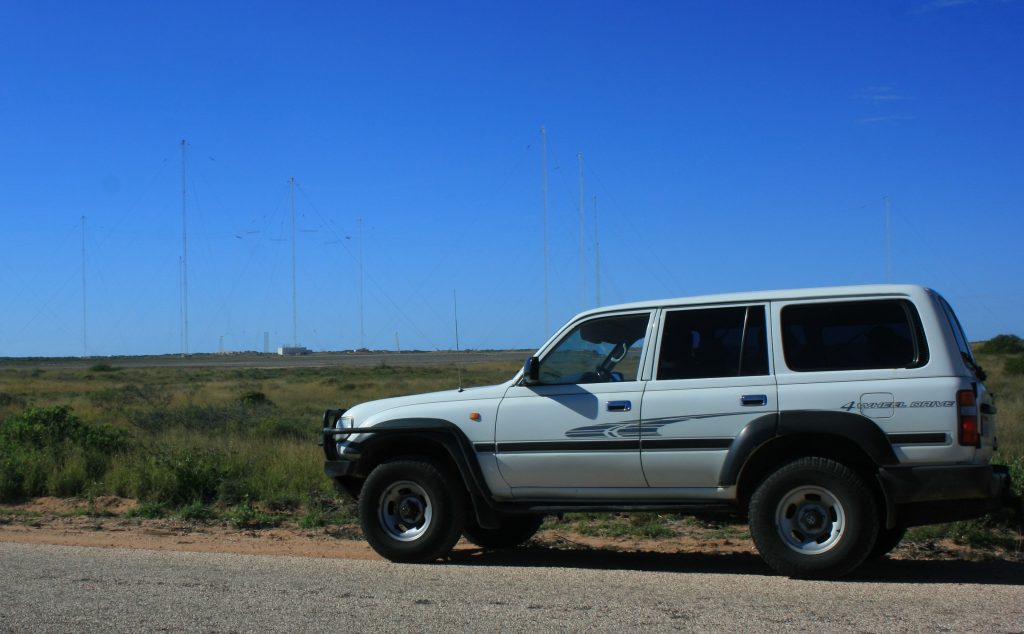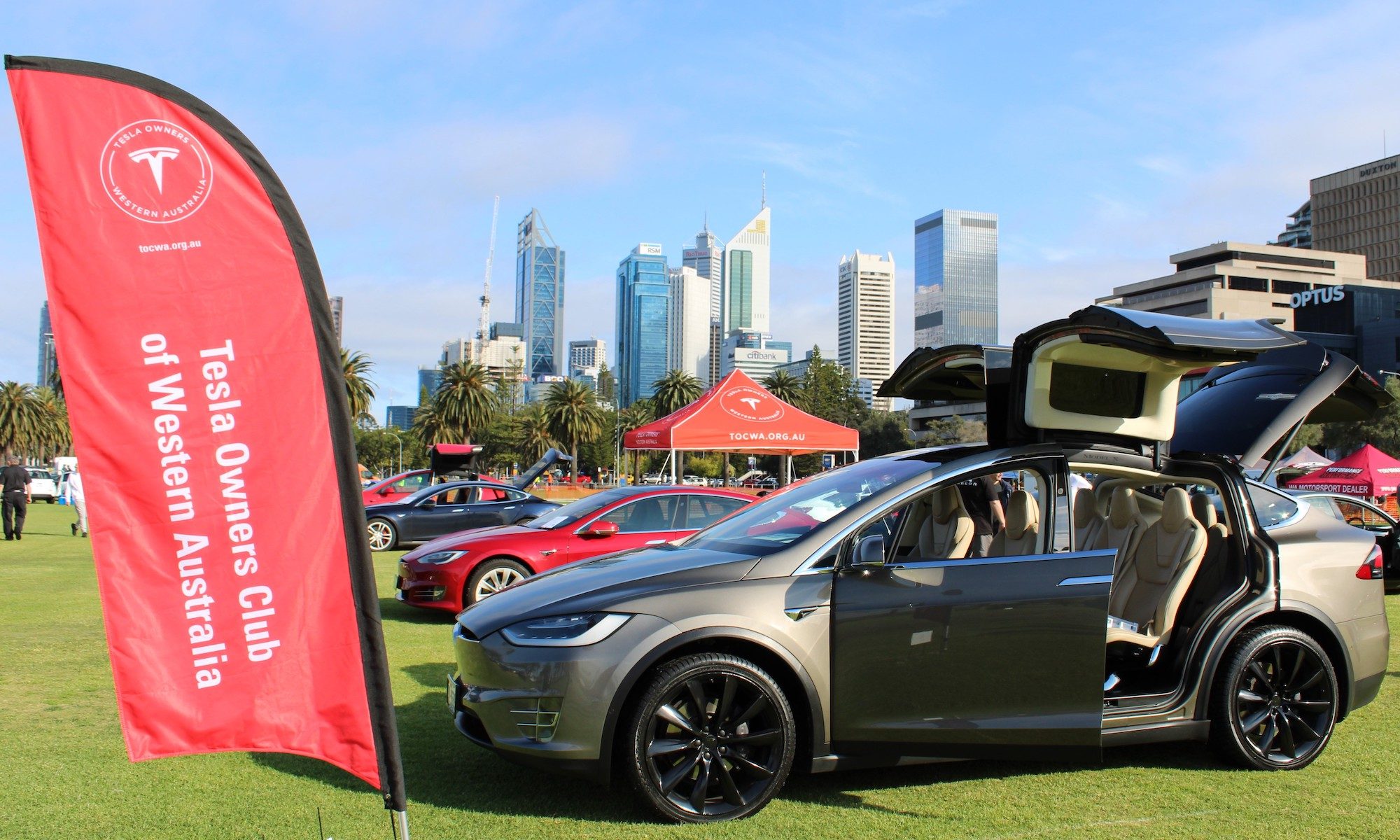Many of you will have seen the social media commentators claiming how much range an electric vehicle needs, it normally goes like this: “I’m all for electric vehicles and keen to buy one but unless it has X amount of range I’ll stick with my trusty diesel”. As each year passes and the range of showroom EVs increase the commentators X number also increases. This is Uncertainty 101 from those with the most to lose when the country transitions to electric drivetrains, it’s a very effective manipulation of all the fence sitters that are close to making a new car purchase.
To make this very clear when I say 450km of range I’m referring to passenger vehicles, not commercial vehicles such as heavy duty four wheel drives that were purchased with the sole purpose of towing a caravan or large trailer over long distances. I’ll also make it very clear that 450kms is real range on coarse surface country roads sitting on 100km/h, this is where the range is needed most. Anyone buying a vehicle that never leaves the Melbourne to Cairns coastal corridor could easily survive on 350km of real range.

There’s no doubt that battery costs per kWh and energy density will improve sufficiently to make the fitting of large battery capacities fairly easy for vehicle makers That’s great for commercial vehicles but a waste of resources for the average Joe who for the vast majority of the year drives less than 200km per day and makes 2 to 3 long trips of maybe 2,000km, having a battery pack 20kWh or even 30kWh bigger than necessary is careless, multiply that by millions of average Joes across Australia and it’s a significant drain on materials, labour and energy that could be better used elsewhere.
So how does 450km of range deal with the vast distances of Australia? That’s a fair question and the answer is straight forward, carefully placed DC fast chargers are a far better use of materials, labour and finances than millions of EVs full of oversized battery packs. The careful placement part is critical, between the capital cities and larger towns 220km average spacings are suitable, for regional areas in north, west and central Australia there’s far less choice of suitable sites so a 300km spacing may have to suffice. A reasonably organized driver should have no issue stopping every 300km to add around 65% charge on a long country trip.

The author currently drives an electric vehicle with 400km of real range on Australian outback roads, and has been to every State and Territory over the past 6 years. His last vehicle was a diesel 4WD with 1,100 km range, it is not missed.


When EVs get more popular, be prepared for huge cost increases to cover the infrastructure needed to support them and probably registration cost will rise to cover new roads and road maintenance. People and media do not publish this information. I personally think there will be many more problems with EVs with in 10 years unless technology advances at a greater greater rate than what its doing at present.
For sure, there will be a cost of transition, and I don’t thin k it’s true that it hasn’t received any coverage – just today the NSW govt announced spending to help with this transition.
Of course, it’s our opinion that it’s a cost worth bearing
Oh wow you know so much…you should warn carmakers about your predictions
That cost can be funded by carbon tariffs surely
What is the overnight charging solution for people in units or high rise flats?
Bruce, there are certainly options for parking lots, but also there are often DC charging options.
We’re also keen to see more employers embracing options for staff to charge during office hours
I assume Tesla is about as interested in regional charging infrastructure as Telstra is in regional phone towers. The lack of regional WA charging is a safety risk. What if there is a fire or crash on the Indian Ocean Drive (happens frequently). It can and does get ugly quickly in summer on WA roads. We need fast chargers on multiple routes every 200 ks or you are looking at families getting stuck in heat and potentially nightmare conditions.